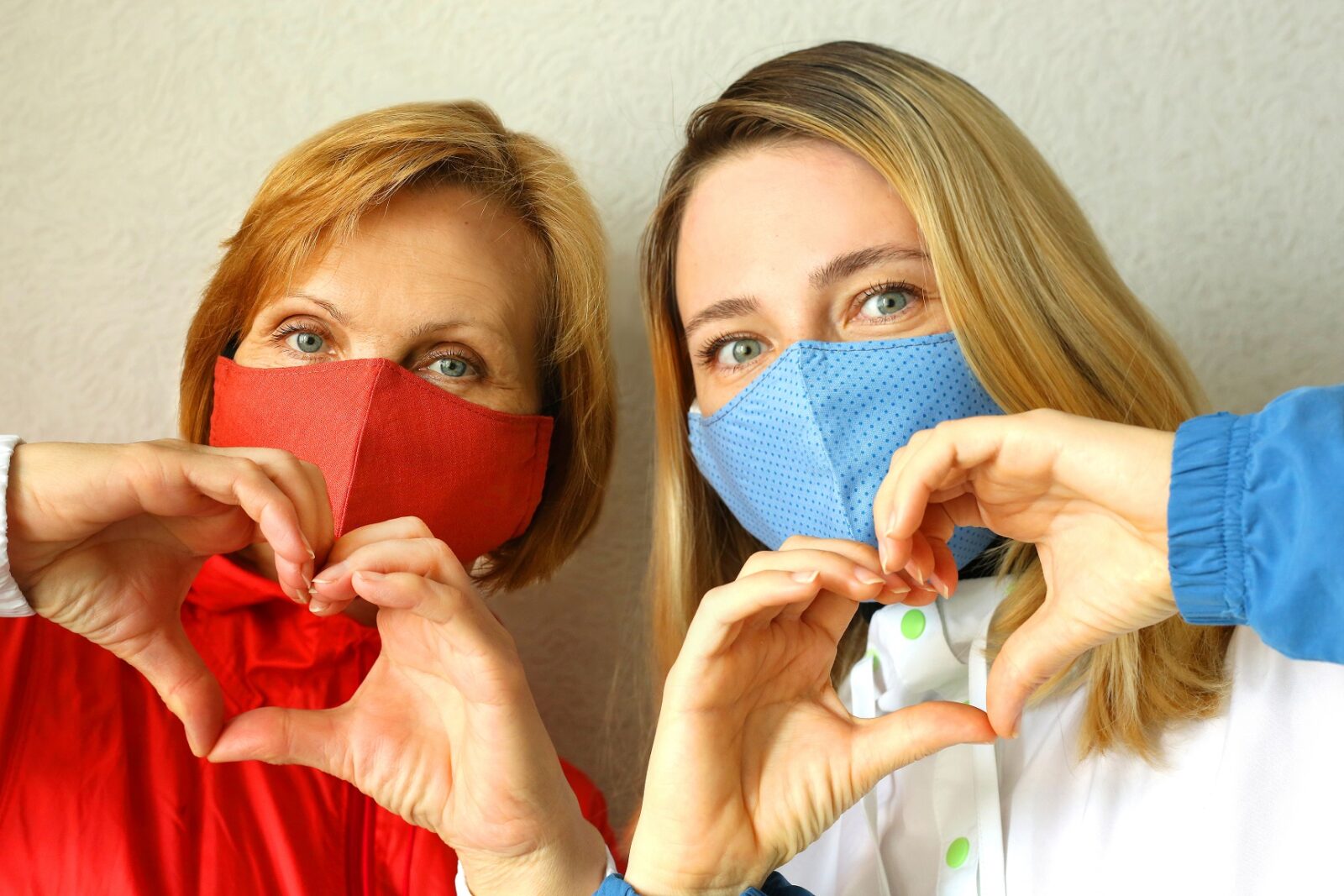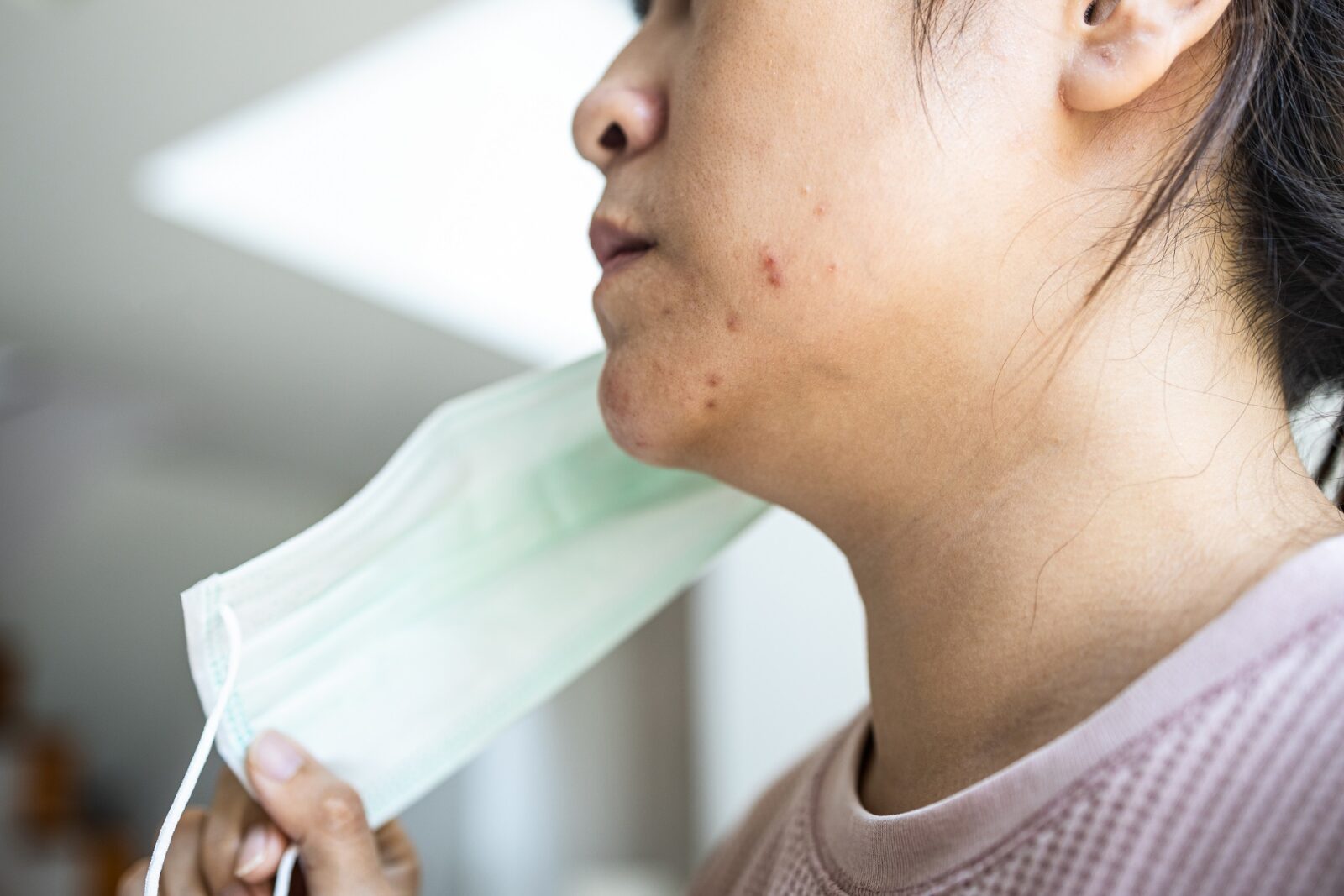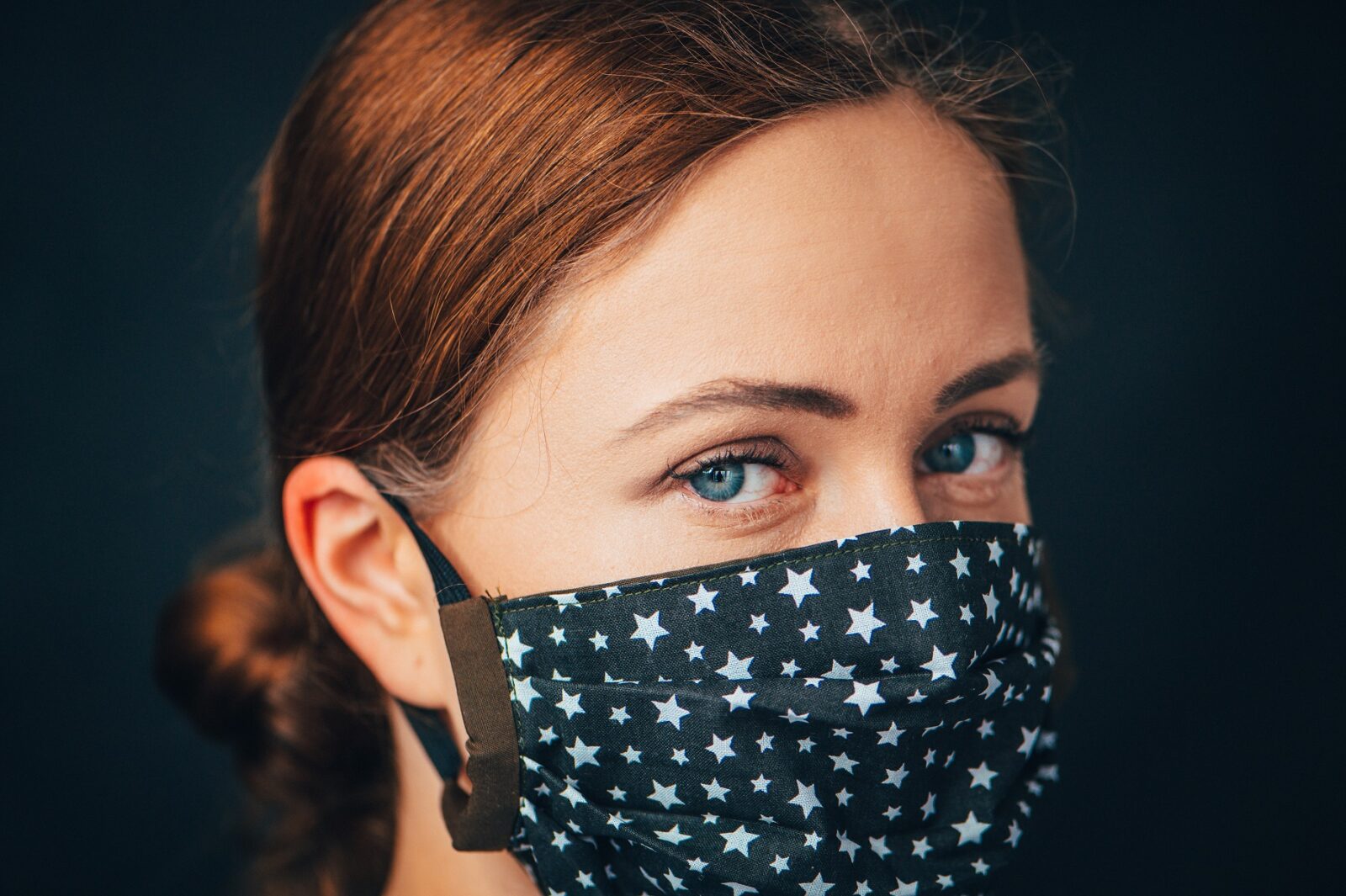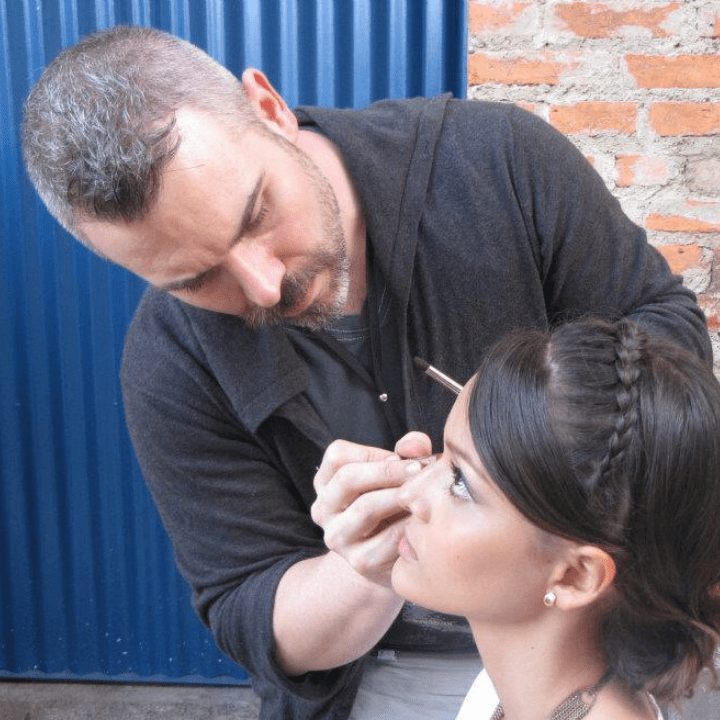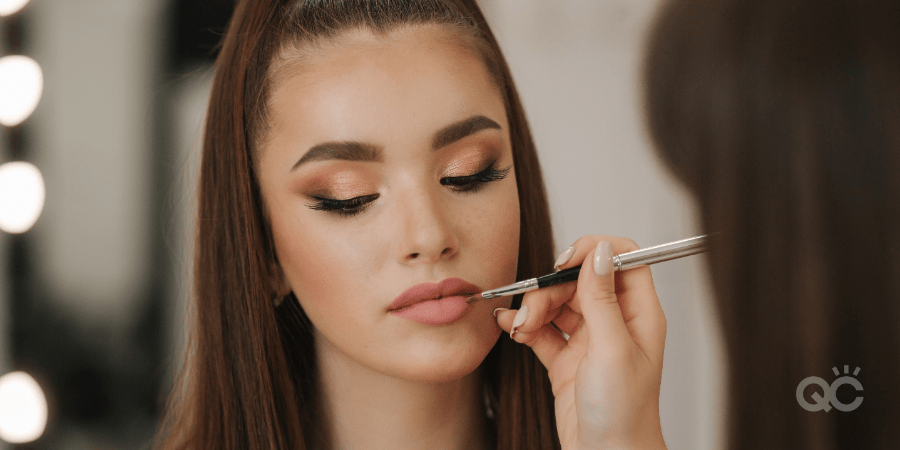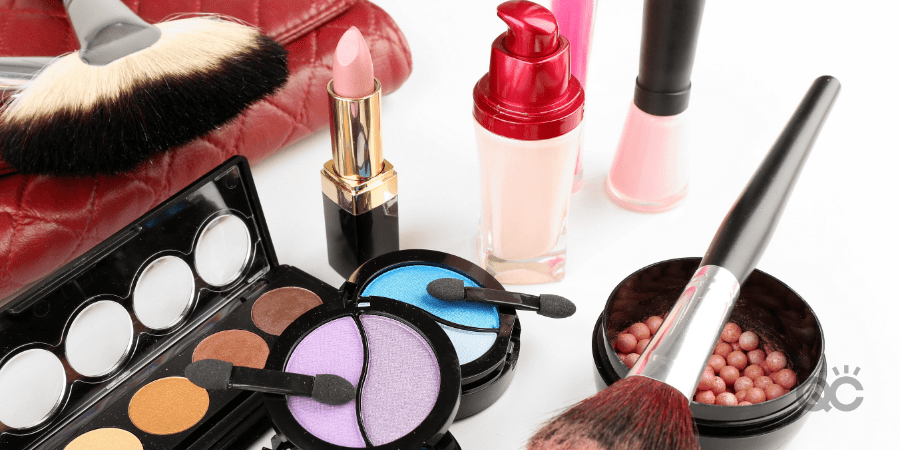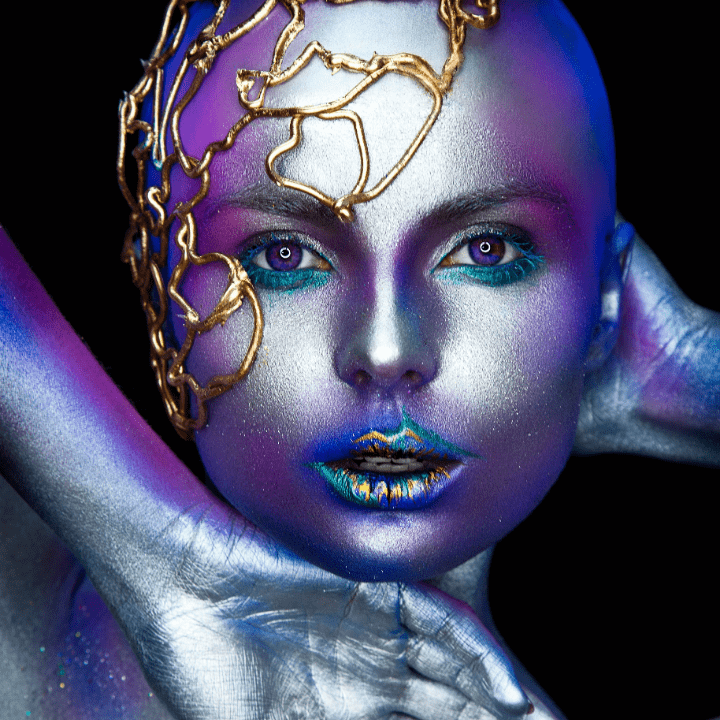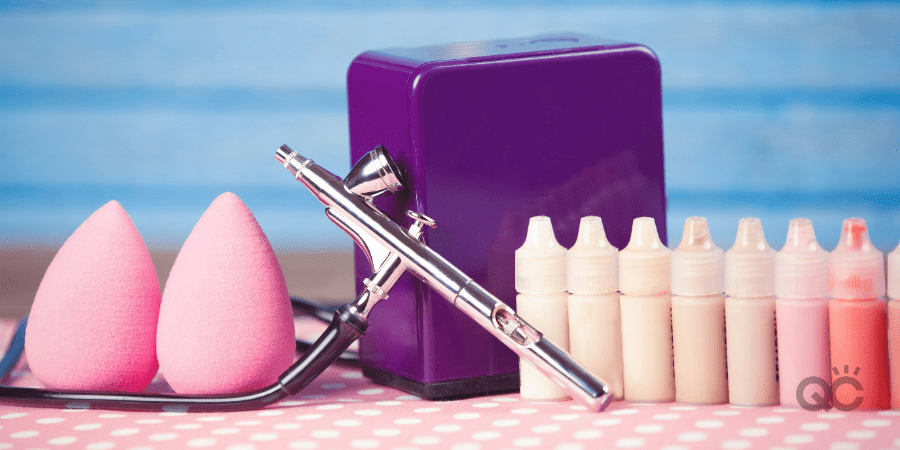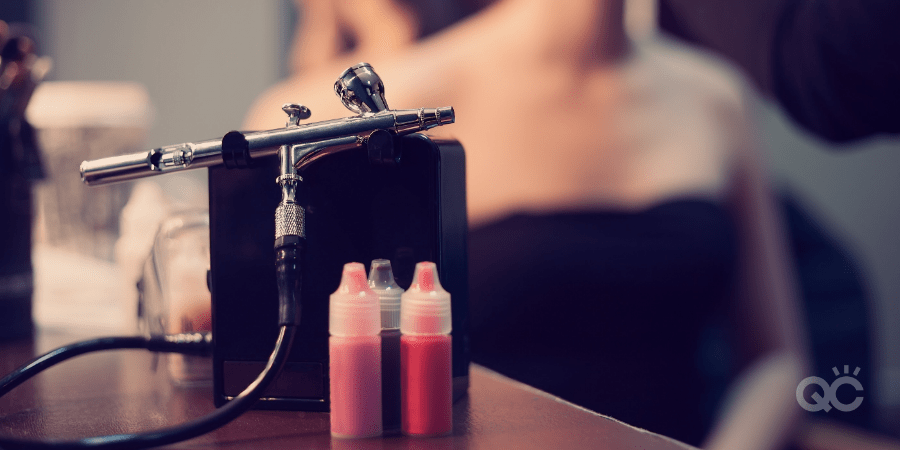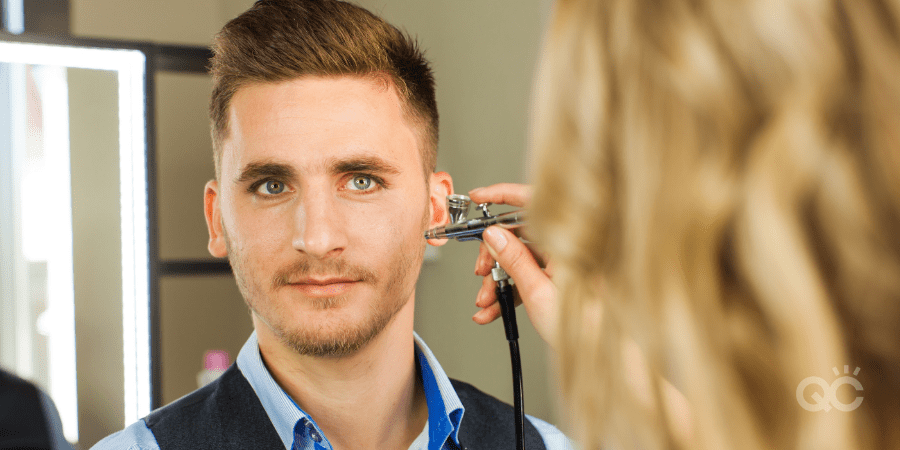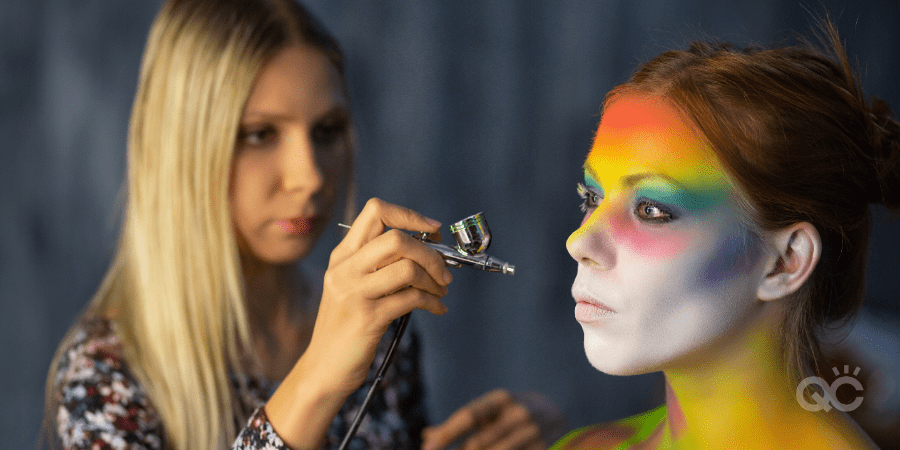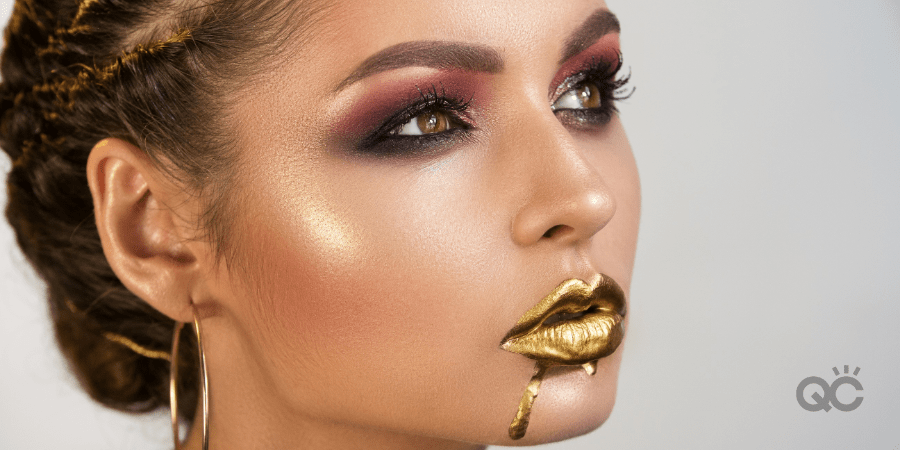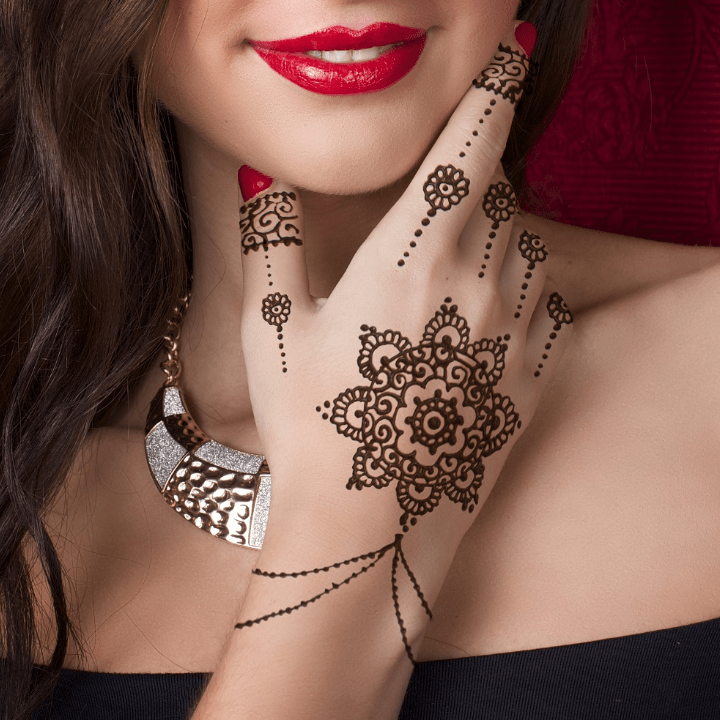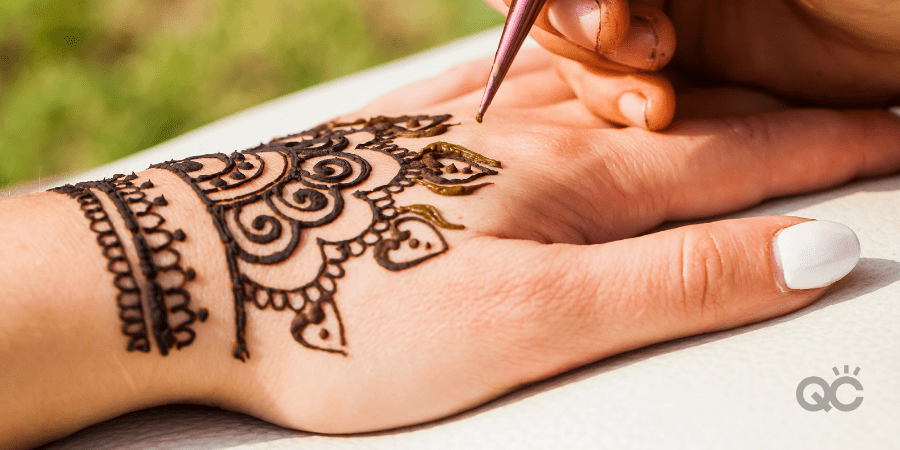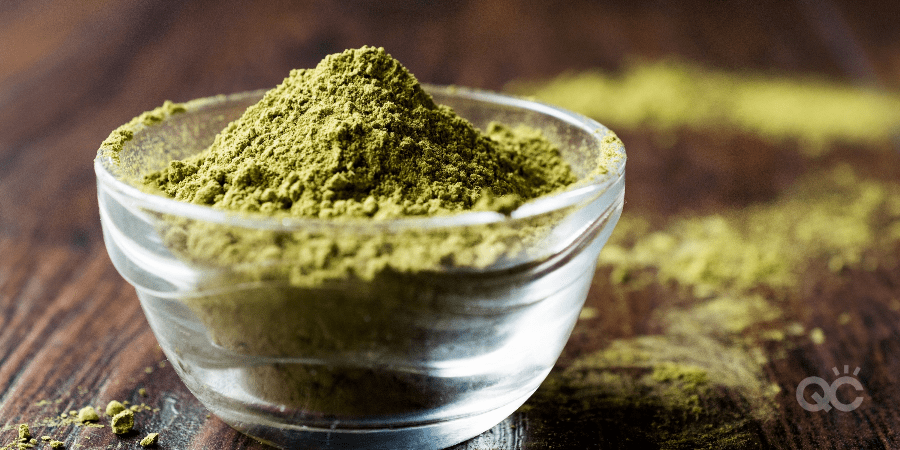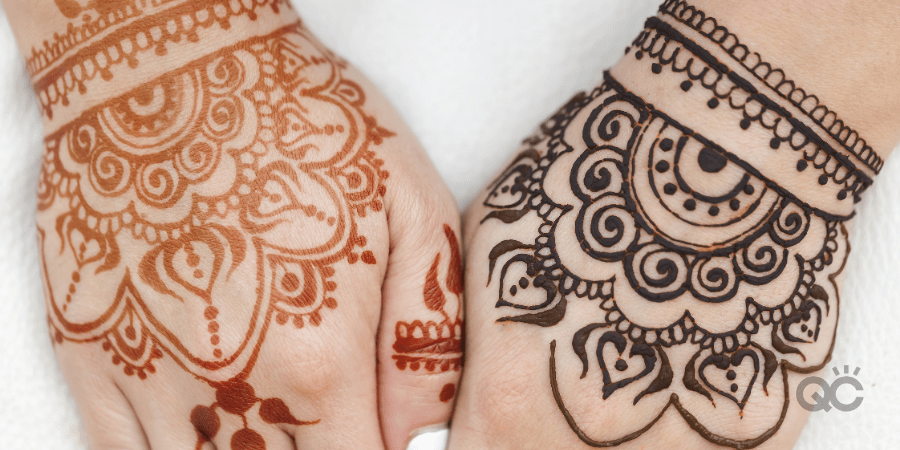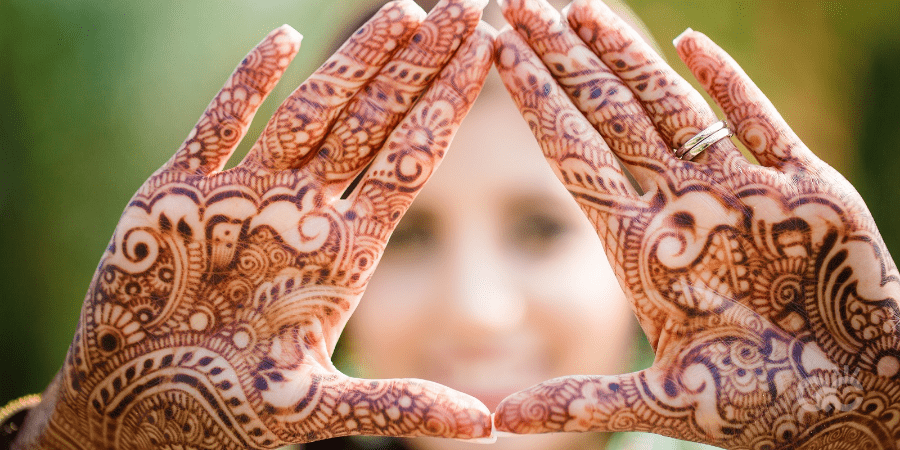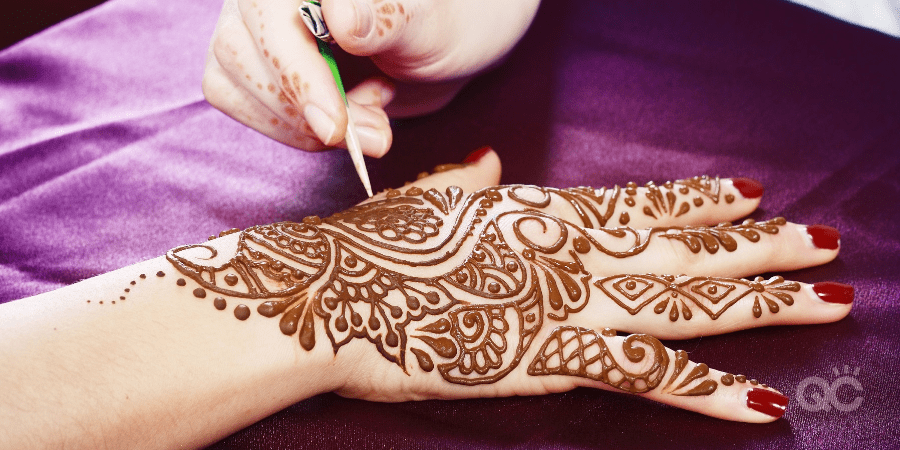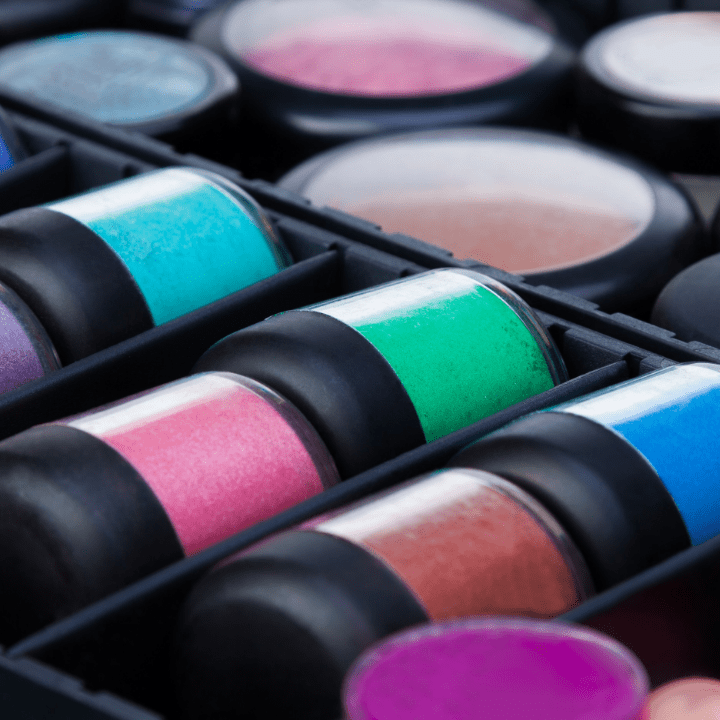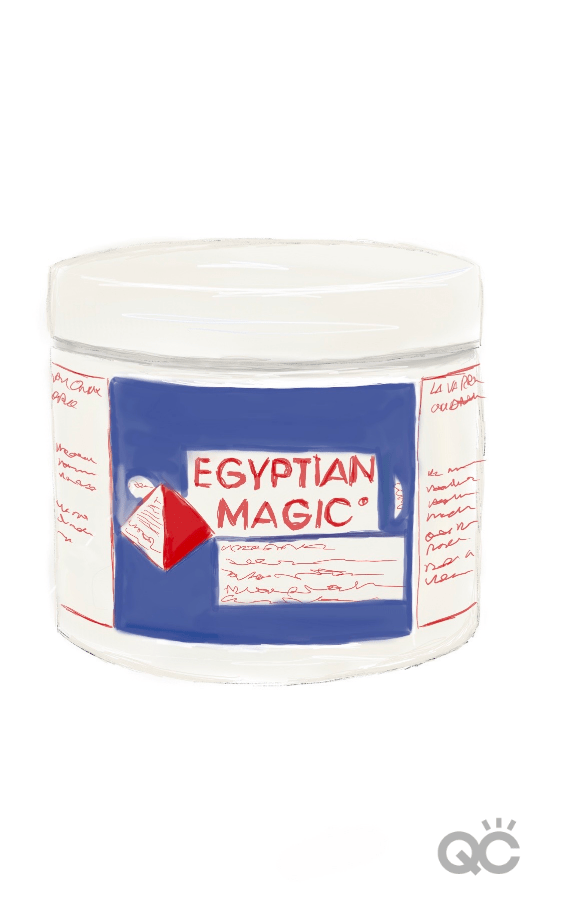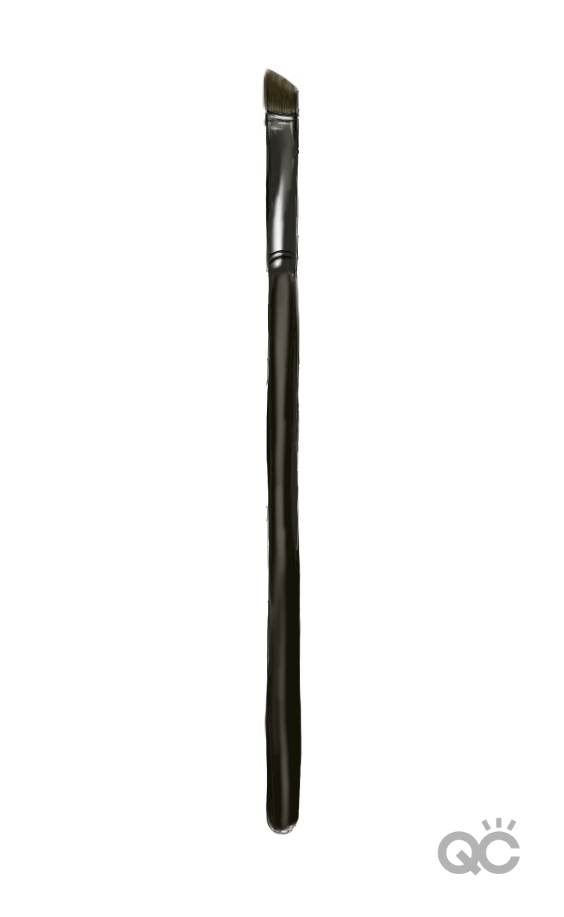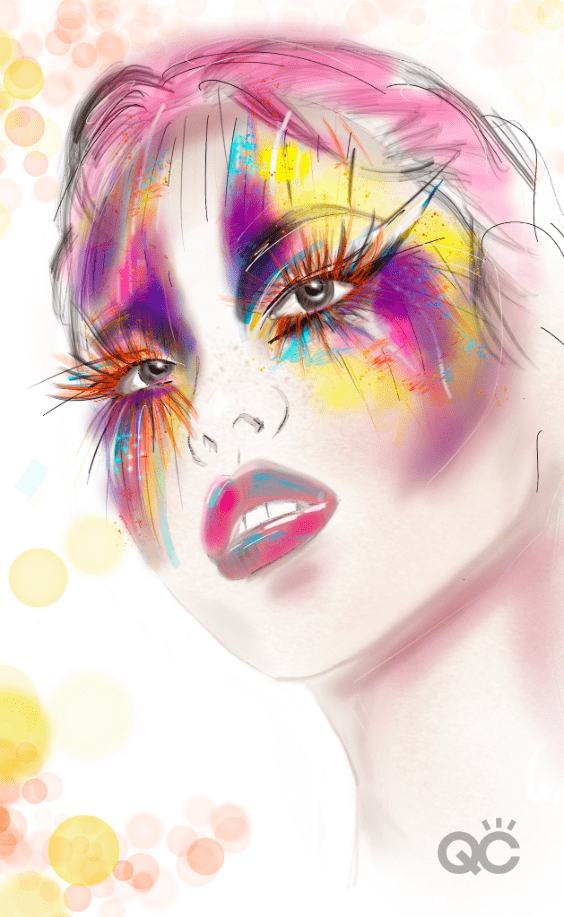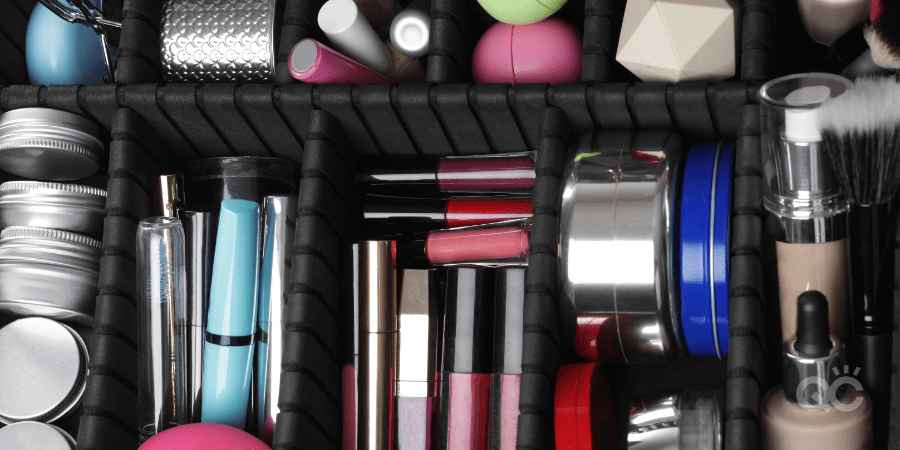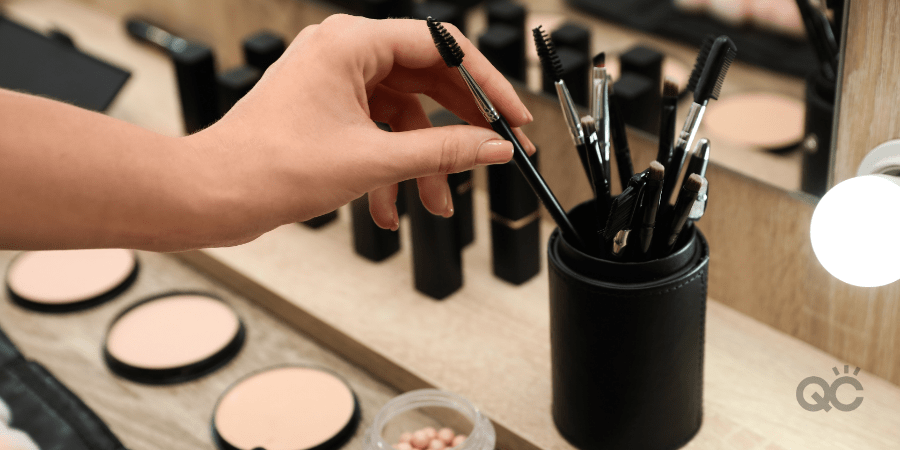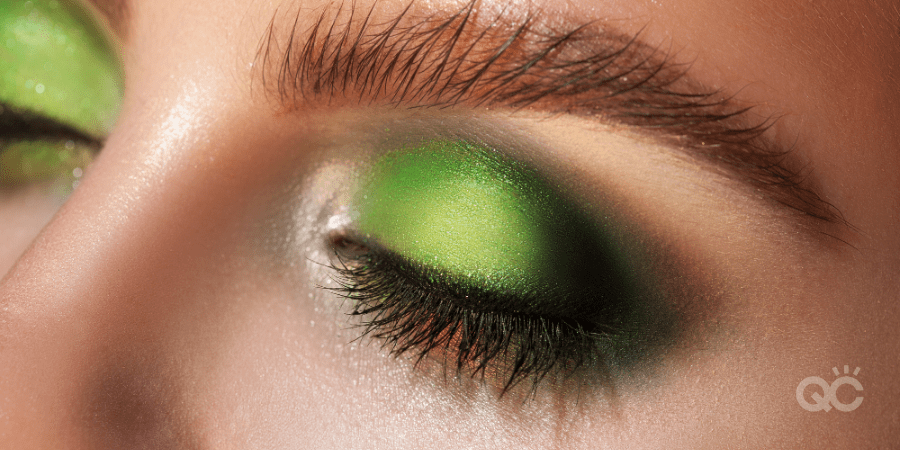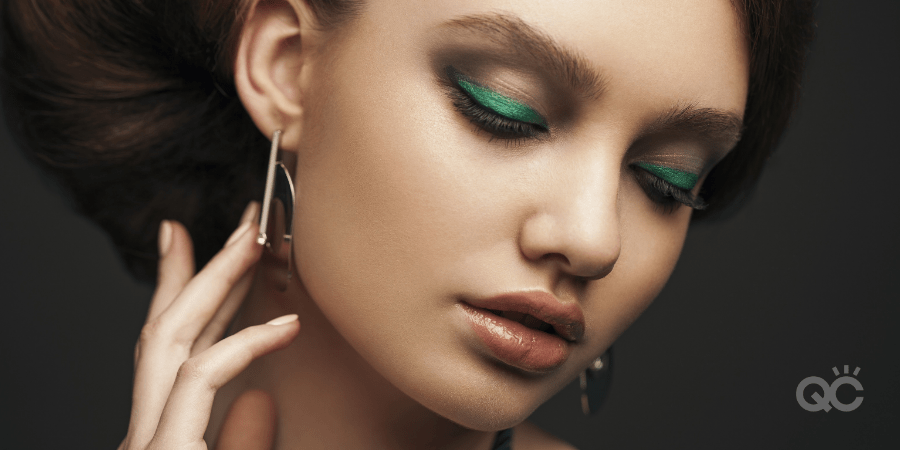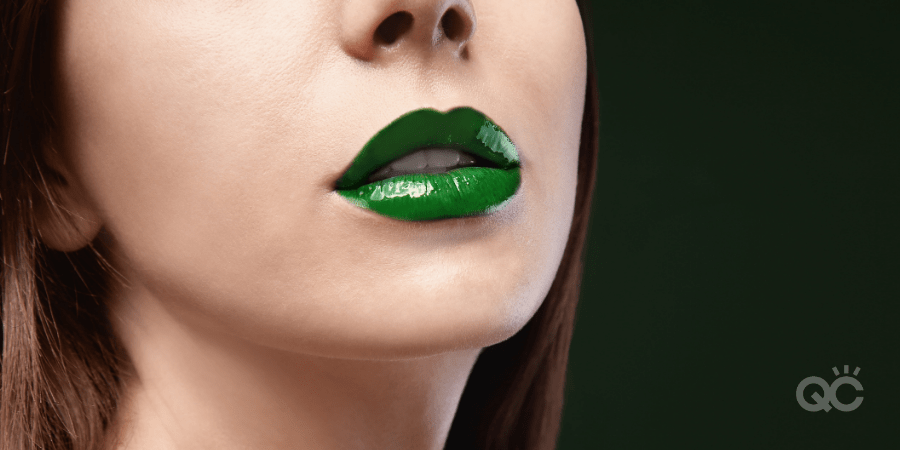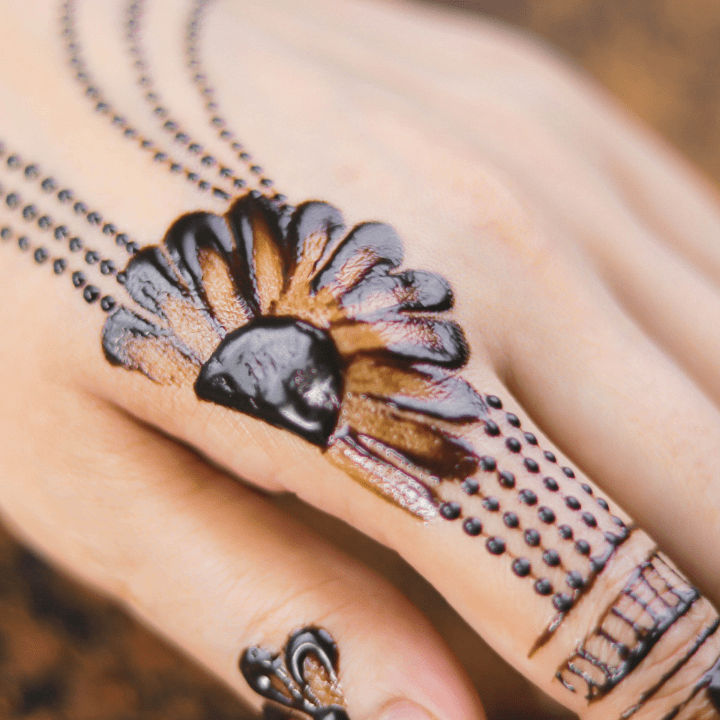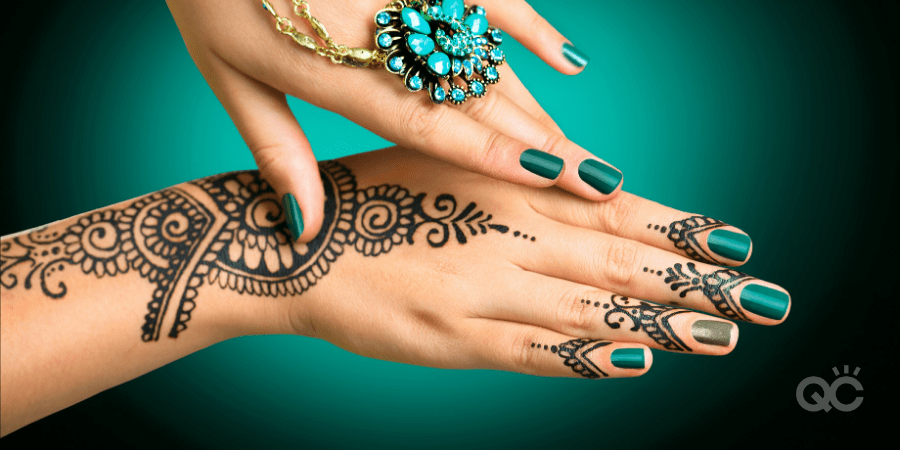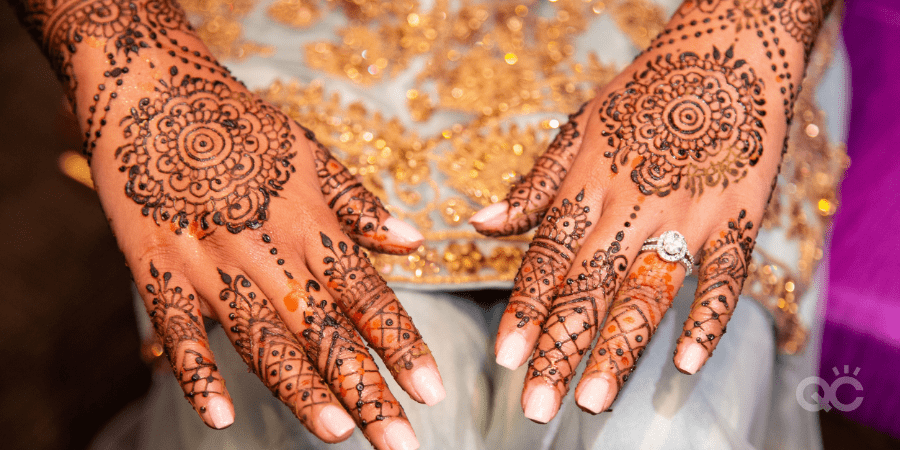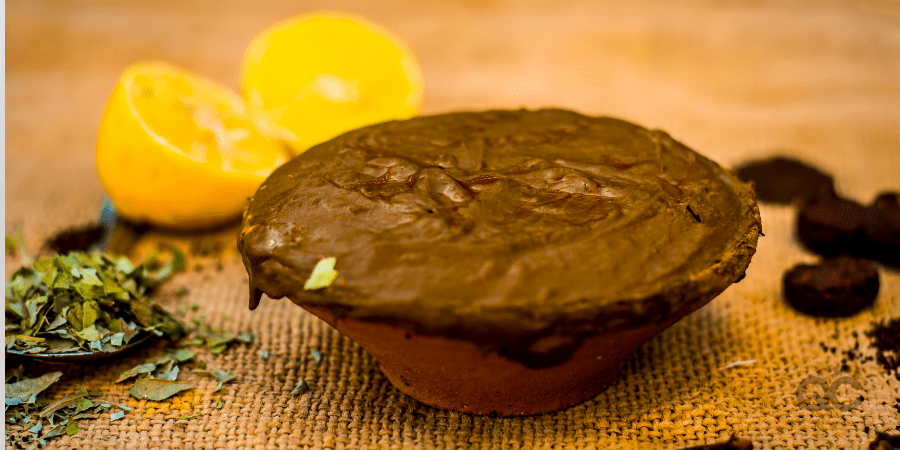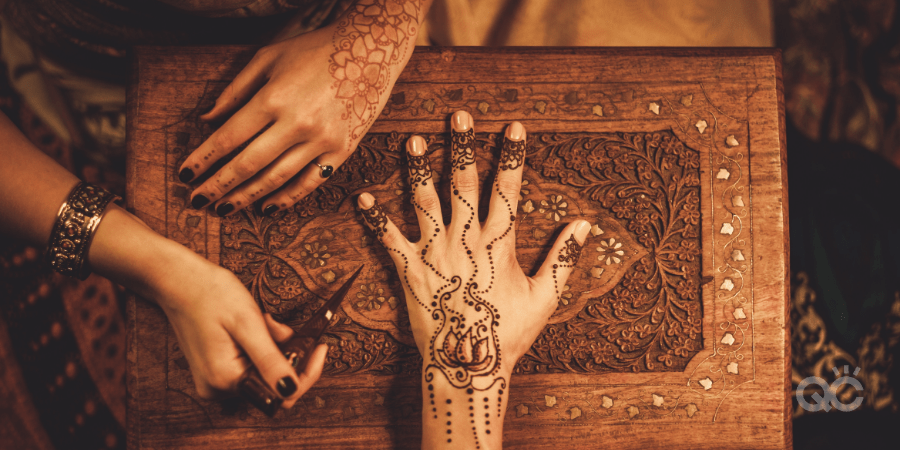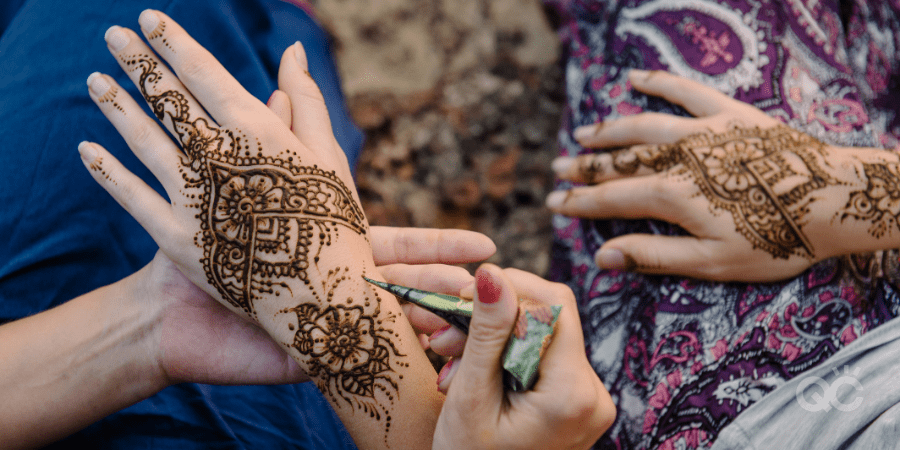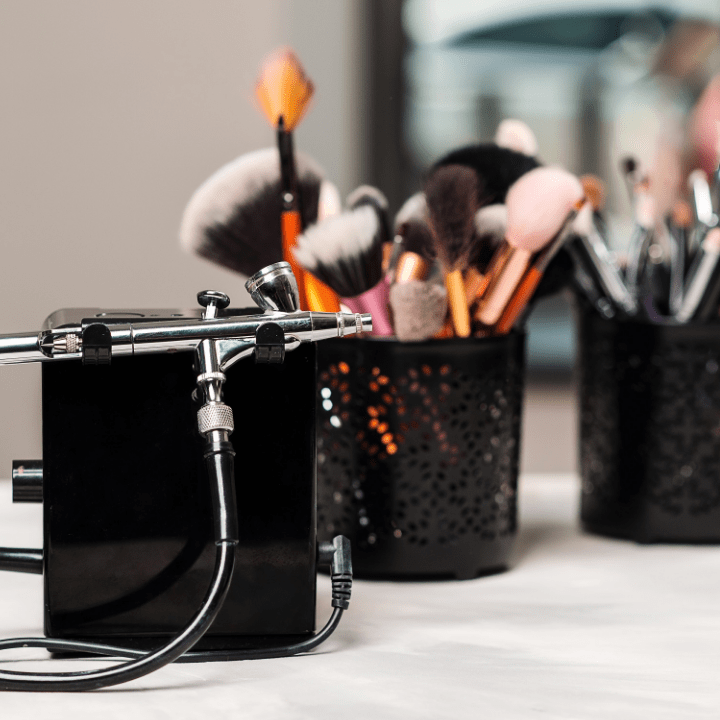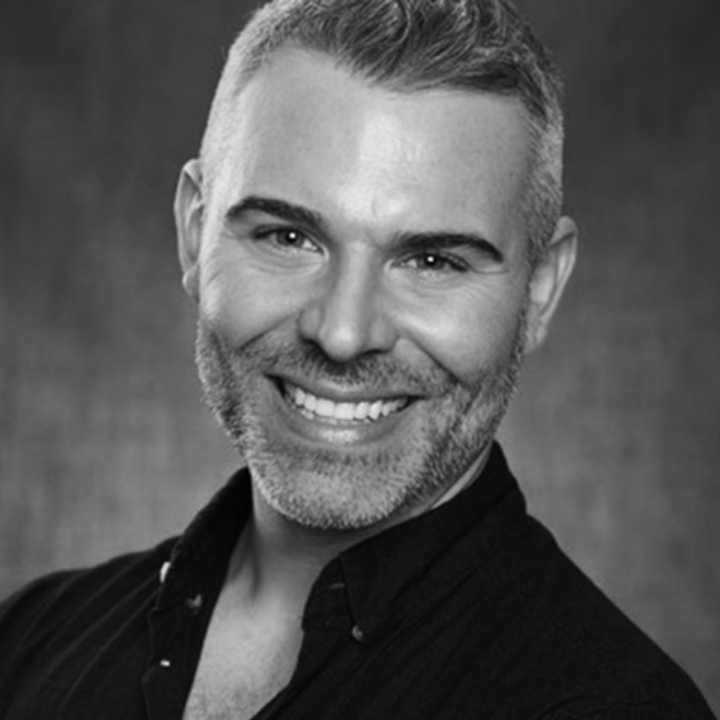
I think we can all agree that one of the many incredible things that sets QC Makeup Academy apart from other makeup schools (both online and in-person) is Nathan Johnson. Truly, he is an industry professional who not only knows his stuff, but genuinely cares about each and every single QC student.
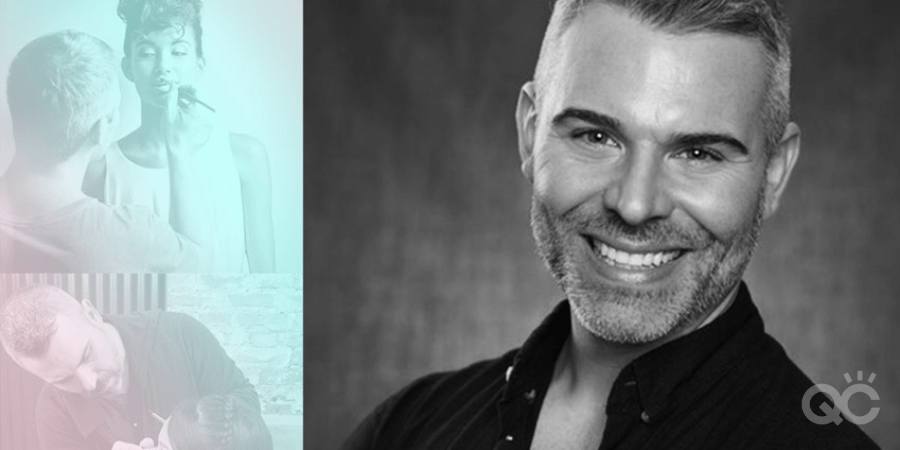
From the support he gives in the Virtual Classroom, to the amazing webinars he takes part in, and everything in-between – Nathan is a true pro whose makeup knowledge is only outmatched by the size of his heart!
Another way he’s been going above and beyond in his mission to assist our students with learning makeup is through his Tuesday Tips! Each week, Nathan films a short clip, in which he reveals a useful tip to help you better your skills. On Facebook especially, this segment – aptly called “Nathan’s Tuesday Tips” – had grown quite a fan-base.
In this brand new series, we’ll be gathering all of these Tuesday Tips, so we can share them with you here! Today, we’ll start by looking at 7 of Nathan’s most valuable beauty hacks. Learning makeup and looking for ways to improve your game? Then you don’t want to miss out on these gems!
Tip #1: How to buy the RIGHT powder product for your skin!
“When it comes to eyeshadows, blushes, and all other powder products, remember to try before you buy! Sample them on the back of your arm, the top of your hand… Because the pigment may look incredibly rich in the package, but that doesn’t mean it’s how it’s going to read on the skin. That tip will save you a LOT of money!”
Tip #2: Don’t forget to catch dark circles!
“Remember: dark circles are sneaky! Not only do we get them right [under the inner corners of our eyes], they also pop out [in the outer corners] and [above the inner corners]. If you want your clients to look incredibly alert, crisp, gorgeous, lifted, and awake, don’t forget those stubborn, sneaky areas!”
Tip #3: The importance of primer!
“Here’s an awesome tip: primer is a necessity! It makes makeup look better, last longer, and require far fewer touch-ups. Try it; it’ll change everything.”
Tip #4: How to get the BEST lashes with mascara!
“For the absolute luscious and thickest lashes, apply mascara to both the bottom and top of the lash. Here’s a little trick: [on the] top of the lash, set it on, curl it in, and it’ll twist the lashes in [like it would] the final curl at the end of a blowout; lifting and opening the eyes.
[Then] place it right below the lower lash line. Give it a shimmy to add depth to those lashes, and then pull it right through. You’ll have long, beautiful lashes, coated root to tip, and they will look like a million bucks!”
Tip #5: What to do when concealer won’t do the trick!
“When you use concealer that’s too light, you only draw more attention to the imperfection. The secret instead is to color correct. If you follow [this link], you will find an awesome Webinar that shows exactly how to do just that.”
Tip #6: How to use foundation to create the perfect lip look!
“Foundation is not just for the face! If you put a little bit over the lips, it gives you a perfect, clean palette that allows you to reshape the lips to create any desired look.”
Tip #7: The SECRET of proper makeup education!
“There’s a huge misconception that makeup is all unrestrained creativity; “I’m expressing myself constantly – I’m an ARTIST!”
Well, there is truth to that, of course, if you’re working on yourself or have full control over a photoshoot. But 90 or more percent of the time in the real world of makeup, you are a conduit for someone else’s desire – whether it be the bride, the creative director, right?
The only way you can do that is NOT by having memorized the looks. It’s by understanding the classic techniques, and being able to assemble them to meet the needs of the person who’s hired you. That’s the secret of education.”
Stay tuned for future installments of this series, where we’ll continue to compile and share Nathan’s educational and practical ‘Tuesday Tips’. Learning makeup has never been this exciting! ❤️️
